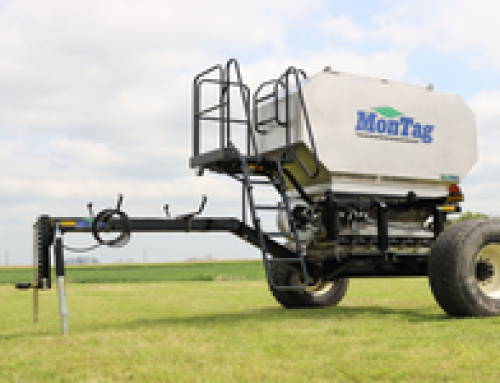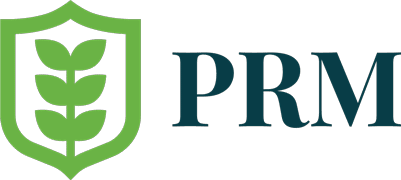Source: FarmWeekNow.com
University of Illinois College of Agricultural, Consumer and Environmental Sciences (ACES) animal sciences researchers are ready to bring cattle embryos to Tanzania after five generations of crosses resulted in cattle capable of producing 20 times the milk of indigenous breeds.
The research, published in Animal Frontiers, combines the milk-producing capabilities of Holsteins and Jerseys, with the heat, drought and disease-resistance of Gyrs, an indigenous cattle breed common in tropical countries.
Five generations of crosses resulted in cattle capable of producing 10 liters of milk per day under typical Tanzanian management, more than the half-liter average yield of indigenous cattle.
“High-yielding Girolandos — Holstein-Gyr crosses — are common in Brazil, but because of endemic diseases there, those cattle can’t be exported to most other countries,” Matt Wheeler, U.S. project lead and animal sciences professor for ACES, said. “We wanted to develop a high health-status herd in the U.S. so we could export their genetics anywhere in the world.”
Wheeler’s team plans to implant 100 half-blood Holstein-Gyr or Jersey-Gyr embryos into indigenous cattle in two Tanzanian locations this March.
The resulting calves will be inseminated through successive generations to create “pure synthetic” cattle with five-eighths Holstein or Jersey and three-eighths Gyr genetics.
Unlike Girolandos, Jersey-Gyr pure synthetics do not yet have an official name, but the team said they are worth the long-term effort because once five-eighths/ three-eighths genetics are established successive mating will maintain the same genetic ratio.
To read entire article, Click Here


